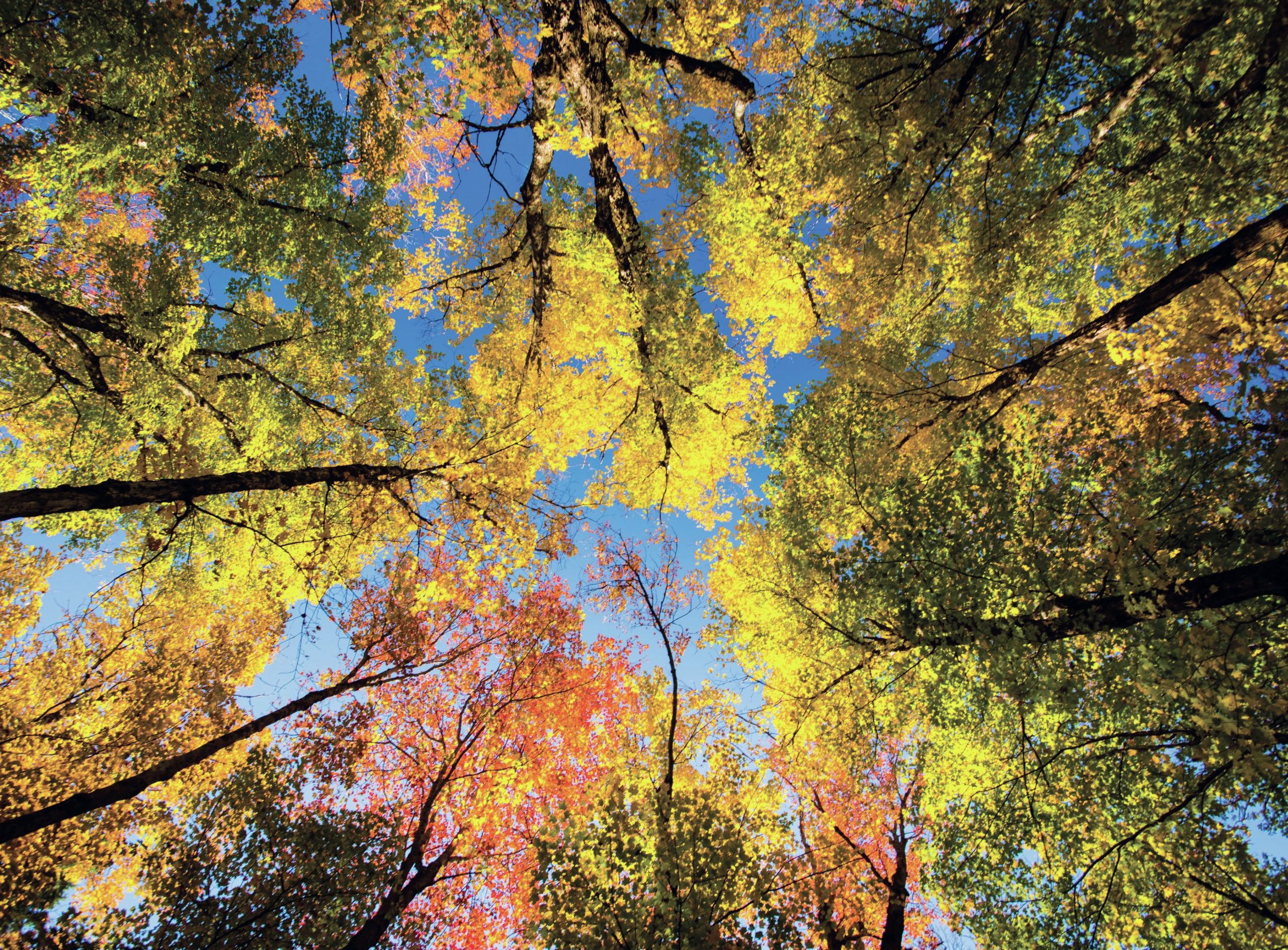
Every year, the leaves of deciduous trees change colour, bringing a multicolour display. This spectacle is eagerly awaited in North America, where there are many more species of tree than anywhere else in the northern hemisphere (>800 species including about 60 species of oak, compared with just 51 and 3, respectively, in western Europe). So much so that there is a dedicated tourism industry. Every autumn (known in North America as ‘fall’), the forests of New England in the USA and Ontario and Quebec in Canada are destinations for ‘leaf peepers’ – tourists taking part in foliage tours.
One of the proposed explanations for the greater diversity of tree species in North America is the effect of ice ages. These are periods when the Earth’s climate has swung between extremely cold spells, during which glaciers cover large parts of the world, and warmer interglacials, when many of the glaciers melt.
Your organisation does not have access to this article.
Sign up today to give your students the edge they need to achieve their best grades with subject expertise
Subscribe




